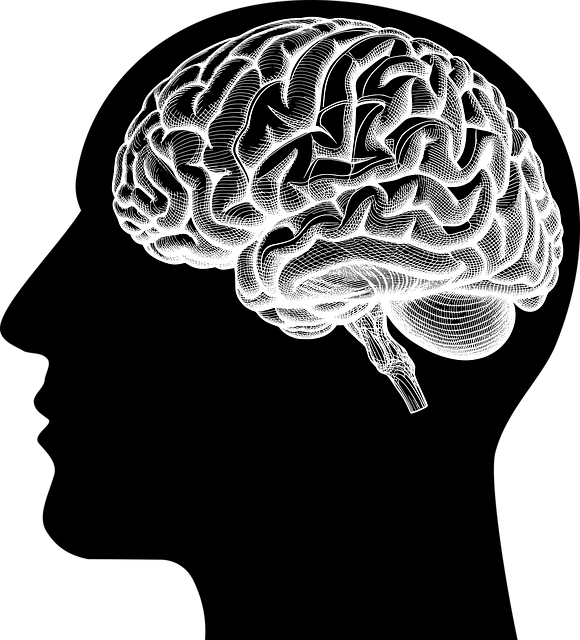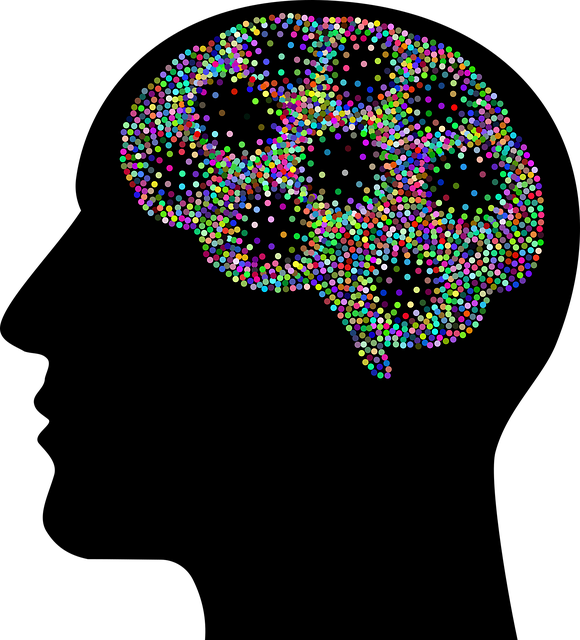The Broomfield American Sign Language (ASL) Therapy is a specialized mental wellness program addressing the unique needs of deaf or hard-of-hearing individuals. It employs comprehensive evaluations using surveys, interviews, and observations to measure success beyond symptom reduction, focusing on daily functioning, social interactions, and quality of life improvements. This approach leverages ASL as a tool for accurate emotional expression assessment, improving mood management skills and identifying triggers. Combining quantitative (pre-post tests) and qualitative (participant feedback) methods, the program optimizes services through data-driven insights, continuous improvement, and tailored interventions for enhanced emotional intelligence development and mental wellness.
Mental wellness program evaluations are vital for understanding their effectiveness and driving continuous improvement. This comprehensive guide explores diverse evaluation methods, from quantitative metrics to qualitative insights, offering a holistic perspective on measuring success. We delve into the unique role of Broomfield American Sign Language Therapy (BALT) in enhancing assessment techniques, ensuring inclusive practices that cater to diverse communities. By combining quantitative data with rich participant feedback, organizations can optimize their wellness initiatives and foster positive mental health outcomes.
- Understanding Mental Wellness Programs: A Comprehensive Overview
- The Role of Broomfield American Sign Language Therapy in Evaluation
- Quantitative Assessment Techniques for Measuring Program Effectiveness
- Qualitative Approaches: Unlocking Insight through Participant Feedback
- Continuous Improvement: Using Evaluation Data to Enhance Wellness Initiatives
Understanding Mental Wellness Programs: A Comprehensive Overview

Mental wellness programs are designed to promote overall psychological well-being and address various aspects of mental health. These programs often include a range of activities such as therapy, counseling, support groups, education, and self-care practices tailored to individual needs. The primary goal is to enhance resilience, improve coping mechanisms, and foster healthy habits that contribute to better mental wellness. One notable example is the Broomfield American Sign Language (ASL) Therapy, which utilizes ASL communication to provide therapeutic support for deaf or hard-of-hearing individuals, ensuring their access to mental health services aligns with their unique linguistic needs.
Comprehensive evaluation methods are essential to understanding the effectiveness of these programs. This involves assessing participants’ progress through various metrics, including self-reported surveys, clinical interviews, and behavioral observations. Evaluating Mental Wellness Programs requires a holistic approach that considers not just symptoms reduction but also improvements in daily functioning, social interactions, and overall quality of life. Additionally, risk assessment for mental health professionals is crucial to ensure the safety and ethical delivery of services, especially when dealing with vulnerable populations.
The Role of Broomfield American Sign Language Therapy in Evaluation

Broomfield American Sign Language Therapy (BASLT) offers a unique and valuable perspective on mental wellness program evaluation, particularly for individuals within the deaf or hard-of-hearing community. This therapeutic approach recognizes the importance of communication and language in emotional expression and regulation, which is crucial for assessing and improving mental wellness. BASLT professionals use sign language as a tool to facilitate comprehensive evaluations, ensuring that participants’ non-verbal cues and experiences are accurately interpreted.
By incorporating American Sign Language (ASL) into evaluation methods, BASLT practitioners can gain deeper insights into an individual’s emotional state, thought processes, and overall mental wellness. This is especially beneficial for those who may struggle with traditional verbal communication or have specific needs related to sensory processing and language acquisition. Through detailed observation of ASL gestures, facial expressions, and narrative, therapists can assess mood management skills, identify emotional triggers, and develop tailored interventions to support better emotional regulation in both personal and social contexts.
Quantitative Assessment Techniques for Measuring Program Effectiveness

Quantitative assessment techniques play a pivotal role in evaluating the effectiveness of mental wellness programs, offering structured and measurable ways to gauge progress. Tools such as surveys, questionnaires, and statistical analyses are instrumental in understanding the impact of interventions. For instance, the Broomfield American Sign Language (ASL) Therapy program can employ pre-post tests to measure participants’ emotional intelligence levels before and after the therapy, providing a direct indicator of improved communication skills and emotional well-being promotion techniques.
These quantitative methods allow for data-driven insights, enabling program coordinators to identify successful components and areas needing enhancement. By analyzing attendance rates, engagement in various activities, and participant feedback through standardized metrics, the community outreach program implementation can be refined to better cater to individual needs. This ensures that services are optimized, leading to more significant outcomes in emotional intelligence development and overall mental wellness.
Qualitative Approaches: Unlocking Insight through Participant Feedback

Qualitative approaches play a pivotal role in evaluating mental wellness programs as they offer a deep understanding of participants’ experiences and perspectives. One powerful method is collecting and analyzing participant feedback, which can provide valuable insights into the program’s impact on emotional healing processes. Through open-ended questions, interviews, or focus groups, individuals involved in Broomfield American Sign Language Therapy (ASL) initiatives can share their stories, expressing how these programs have influenced their mental health journeys. This qualitative data reveals not only the benefits but also any challenges faced during the Community Outreach Program Implementation and Mental Health Education Programs Design.
By listening to the voices of participants, therapists, and educators can gain a nuanced view of individual successes and areas for improvement. Such an approach ensures that programs are tailored to meet the diverse needs of those seeking emotional support and fosters continuous enhancement in mental wellness initiatives.
Continuous Improvement: Using Evaluation Data to Enhance Wellness Initiatives

Continuous improvement is a cornerstone of any successful mental wellness program, and evaluation data plays a pivotal role in this process. At Broomfield American Sign Language Therapy, we understand that assessing the effectiveness of our initiatives is essential to enhancing overall well-being. By gathering and analyzing feedback through various methods, such as Mental Wellness Journaling Exercises, we can gain valuable insights into what works best for individuals seeking support. This data-driven approach allows us to refine our strategies, ensuring that each aspect of our wellness programs aligns with the evolving needs of our clients.
Moreover, integrating Emotional Regulation and Conflict Resolution Techniques within these evaluations provides a comprehensive view of personal growth. We encourage participants to reflect on their emotional journeys and document their progress, identifying areas where they’ve excelled and aspects that require further guidance. This self-awareness fosters continuous learning and enables us to offer tailored interventions, making our programs more impactful.
Mental wellness programs, encompassing various therapeutic approaches, require robust evaluation methods to ensure their effectiveness. This article has explored multiple strategies, highlighting the significance of both quantitative and qualitative techniques. Quantitative methods, such as surveys and data analysis, provide measurable outcomes, while qualitative approaches, like participant feedback sessions, offer deeper insights into personal experiences. Integrating these diverse evaluation tools, as demonstrated by the innovative practices of Broomfield American Sign Language Therapy, enables continuous improvement in wellness initiatives, fostering more impactful and tailored support for all individuals seeking mental health care.










